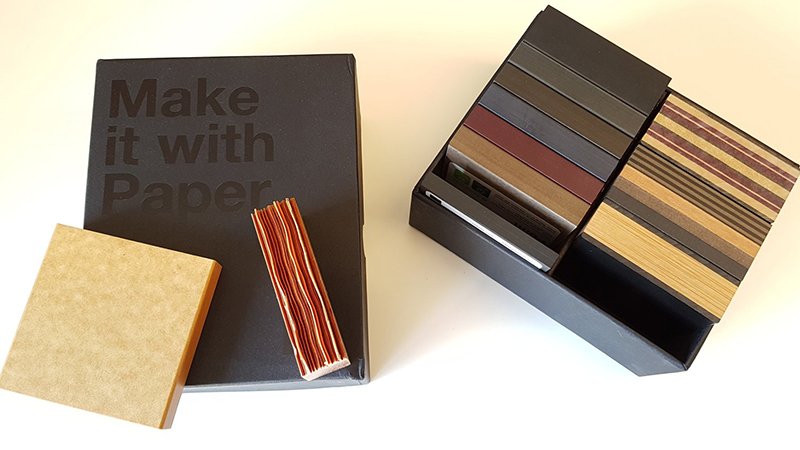Emerging Materials in Furniture Making and Sustainability
New materials are emerging all the time. Whether it’s Formaldehyde free hemp MDF, 100% FSC paper composite, or a kind of leather grown from mycelium or re-constituted from pineapple leaf fibre…innovative new products are coming to light – which could have application in furniture making.
This spring, we are updating our materials library. We’ve taken some time to research emerging materials and to keep in step with current trends being used by the furniture and construction industry.
We have been paying particular interest to sustainability. We have discovered that while there is a lot of noise about the next eco friendly sustainable composite material or constructional fibre board, wood remains the most naturally renewable, recyclable, biodegradable, energy efficient and non toxic resource.
Trees are the heroes of environmental carbon capture, absorbing and locking away C from the atmosphere. Grown and managed responsibly, with little more than nutrients from the ground, sunlight, water and time, the end product needs very little in terms of processing before it can be used.
To be truly sustainable, it’s always best to use a species grown in close proximity to your location and to be aware of the endangered and exotic timber species when planning materials for your design.
With wood, you can go one step further towards sustainability by choosing a wood veneer.
Wood veneers are thin slices cut from a log, which can then be glued to a sustainable substrate in furniture making to create the appearance of solid wood furniture. By cutting a log into veneer strips it can be made to go an awful lot further than it would have as solid wood planks! While veneers have historically garnered a bad rap for quality, that is no longer the case with today’s first class veneers – and as such - it’s an attractive and viable alternative in sustainable furniture production.
Aside from wood, there are some fantastic sustainable materials out there. We’ve acquired samples of 100% recycled paper composite set in plant oil-based resins, upholstery leathers grown from mycelium and agricultural by products in a carbon negative way, and we’ve heard about new upholstery fabrics combining woven hemp with surplus wool from farming.
Yet we’ve also learnt to be cautious and eco audit materials before putting them forward as sustainable materials.
Lets pick on bamboo for example; Many blogs and web articles seem to promote it as a sustainable alternative over wood – but is it really?
Bamboo and hemp are attracting attention for their high tensile strength and the abundant fast growth rate of the grass - making them both carbon-hungry plants. They lock in carbon from the atmosphere and offset the carbon footprint of the manufacturing and building industries. However, the growing, processing and travel footprint involved in creating and supplying materials from bamboo - can sometimes unbalance the sustainable benefits of these materials.
For example, some online sources report that the largest producers of bamboo are China, followed by Africa and South America. So the raw or processed material still has to be transported globally at an ecological cost to the end users of the product.
Could we grow bamboo in Europe? Well yes…. but the larger species of bamboo do not grow well in northern climates. So bamboo from Western countries is generally regulated to heat and chemical treated laminate products for smaller interior purposes.
We also have to audit the ecological cost of farming crops like Bamboo and Hemp. They may have a fast growth rate and be easily renewable, but particularly in China, the farming of bamboo is largely unregulated. Matched with government incentives for bamboo production, this is leading to natural areas being deforested to accommodate the expanding cultivation of bamboo. Furthermore, such monoculture production depletes the soil and affects biodiversity.
Bamboo also has to be quite heavily processed to break down the grass into cellulose fibres, which are then used to make the final material. This can be done mechanically or chemically in chemical solvents such as sodium hydroxide. If not managed responsibly, this chemical waste can pose risk to the surrounding environment.
We also need to exercise caution with products claiming to be composites of natural waste. While these products are sustainably utilising waste materials, they are often set in chemical resins or plastic resins, which once set, will never break down. Some of the resins can be quite toxic, although, there are some natural plant-oil based resins and thermos resins made from things like cashew nut shell liquid - which are increasingly being used in place of the old chemical resins.
So our advice to anybody reading this, and our students, is that if you want your furniture to be as sustainably produced and ecologically friendly as possible…. spend a few minutes eco-auditing your material choices. How was it grown/farmed? Is the farming/forestry regulated and sustainably managed? How far does the product need to travel? How is it processed and are there any ecologically unfriendly by products of that process? Will it be recyclable, biodegradable at the end of its useful life?


